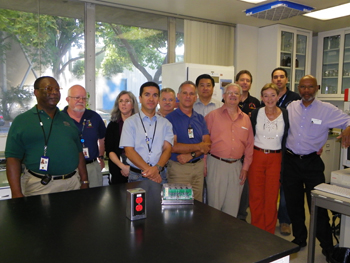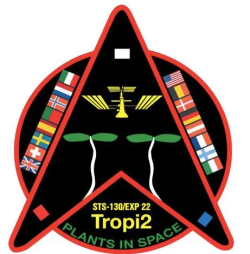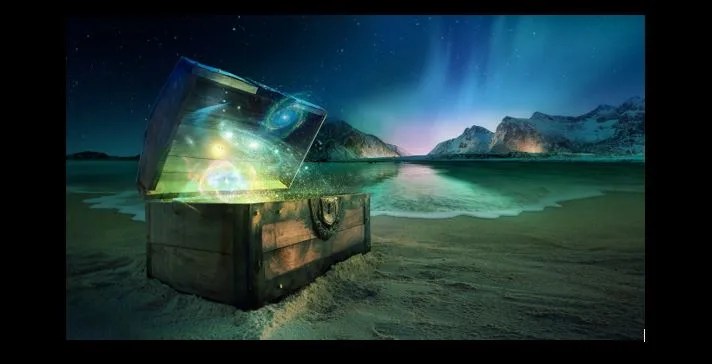TROPI-2 (STS-130)
Analysis of a Novel Sensory Mechanism in Root Phototropism
Overview
The TROPI-2 study is a continuation of the TROPI-1 study performed aboard the International Space Station in 2006. The TROPI studies derive their names from the term “tropism.” Phototropism is a plant’s growth response to a direct source of light. Gravitropism is a plant’s growth in response to the pull of gravity.
The TROPI-2 experiment has the same science objectives and experiment operations and uses the same Ames Research Center built hardware as the TROPI-1 experiment.
TROPI-1 was the first experiment to be performed using the European Modular Cultivation System (EMCS) facility aboard the International Space Station in collaboration with the European Space Agency (ESA). During the TROPI-1 experiment runs, problems were encountered with image capture of the live seedlings. In addition, the biological integrity of the frozen samples was compromised during sample transfer operations between freezers aboard the space station. Due to these problems, neither video nor RNA data from fractional g levels were obtained. These software and operation problems have been corrected. TROPI2 will provide an opportunity to collect video and RNA data from two experiment runs at four g levels, particularly the fractional g levels missed in the original experiment. Fractional gravity studies are relevant to the NASA exploration initiatives since they will cover the gravity levels on the moon and Mars.
The TROPI-2 experiment launched to the space station aboard STS-130 on February 8, 2010. The specimen loaded experiment containers were transfered to the station and placed in the EMCS on Friday, February 19 by crew member, T.J. Creamer. The first experiment run started on February 22 and was completed on March 1. The second experiment run started on March 3, and was completed on March 9.
During the photostimulation phase of the experiment runs, high resolution images were taken by the EMCS cameras and downlinked to the Ames Research Center Mission Management Operations Center. The EMCS provided 1 g and micro g during the Run 1 photostimulation phase. During the second run’s photostimulation phase, high resolution images were taken at 0.1 g and 0.3 g. Both experiment runs were successfully completed and the data was provided to the principal investigator. At the end of each experiment run, station crewmembers T.J. Creamer and Jeff Williams placed the seed cassettes inside the Minus Eighty Degree Laboratory Freezer aboard the station. The seed cassettes will be transferred to Shuttle Middeck Glacier Freezer for return to Earth aboard STS-131 presently scheduled for April 2010.
Payload Developer: NASA Ames Research Center
More Information
NASA facts: Tropi (2010)
Payload Team
Principal Investigator – Dr. John Z. Kiss, Miami University, Oxford, Ohio
Project Manager – Mr. Kenny Vassigh, NASA Ames Research Center
Deputy Project Manager – Dr. Marianne Steele, Lockheed Martin, NASA Ames Research Center
Project Scientist – Dr. Robert Bowman, Lockheed Martin, NASA Ames Research Center
Project Engineer – Mr. Tom Luzod, NASA Ames Research Center
Operations Lead – Dr. David Heathcote, Lockheed Martin, NASA Ames Research Center
Quality Assurance – Mr. Robert Burney, NASA Ames Research Center






























